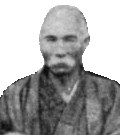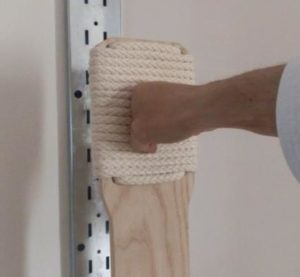
The origins:
In 1908, Anko Itosu sent a letter to the Education Department of the Prefecture. In that letter there was his project, which allowed to introduce his karate in all the schools of Okinawa. The fourth point of his letter highlights the importance of the makiwara in the practice of his karate.
Itosu wrote:
“Hands and feet are important and must be strengthened exhaustively with the use of makiwara. The practice of makiwara allows to lower your shoulders, open your lungs, become aware of your own power, strengthen your grip on the ground with your feet, transfer, and use the energy in the lower abdomen.
Practice with each arm one hundred or two hundreds times”.

Makiwara in Japanese means “to forge fists”. In practice,using a makiwara, you shape the parts that have to hit. The makiwara is traditionally used to strengthen the techniques of fists or open hand, but it can also be used in order to train kicks. In this case the board must have particular charateristics.
Today:
Today in traditional karate classes the didactic has a fundamental role and we can actually try all the contents highlighted with this fantastic tool: the makiwara is used to develop kime (energy): the real impact with a target helps you deeply understand the fundamental points studied in the kihon:
• Keep your back upright and vertical (choku-ritzu)
• Control the dynamics of the use of the elbow (hiki-te)
• Move the center of gravity together with the hit (ju shin no ido)
• Bend the knee joint by applying pressure on both feet (jiku ashi)
• Rotation of the hips (koshi no kaiten)
• Focus the look (metsuke) The makiwara helps develop concentration, to focus the technique on a point. If along with the body we involve the mind and the spirit in a single action, direct to hit a precise point of impact, it is sure that you will get an incredible result of power and penetration.

